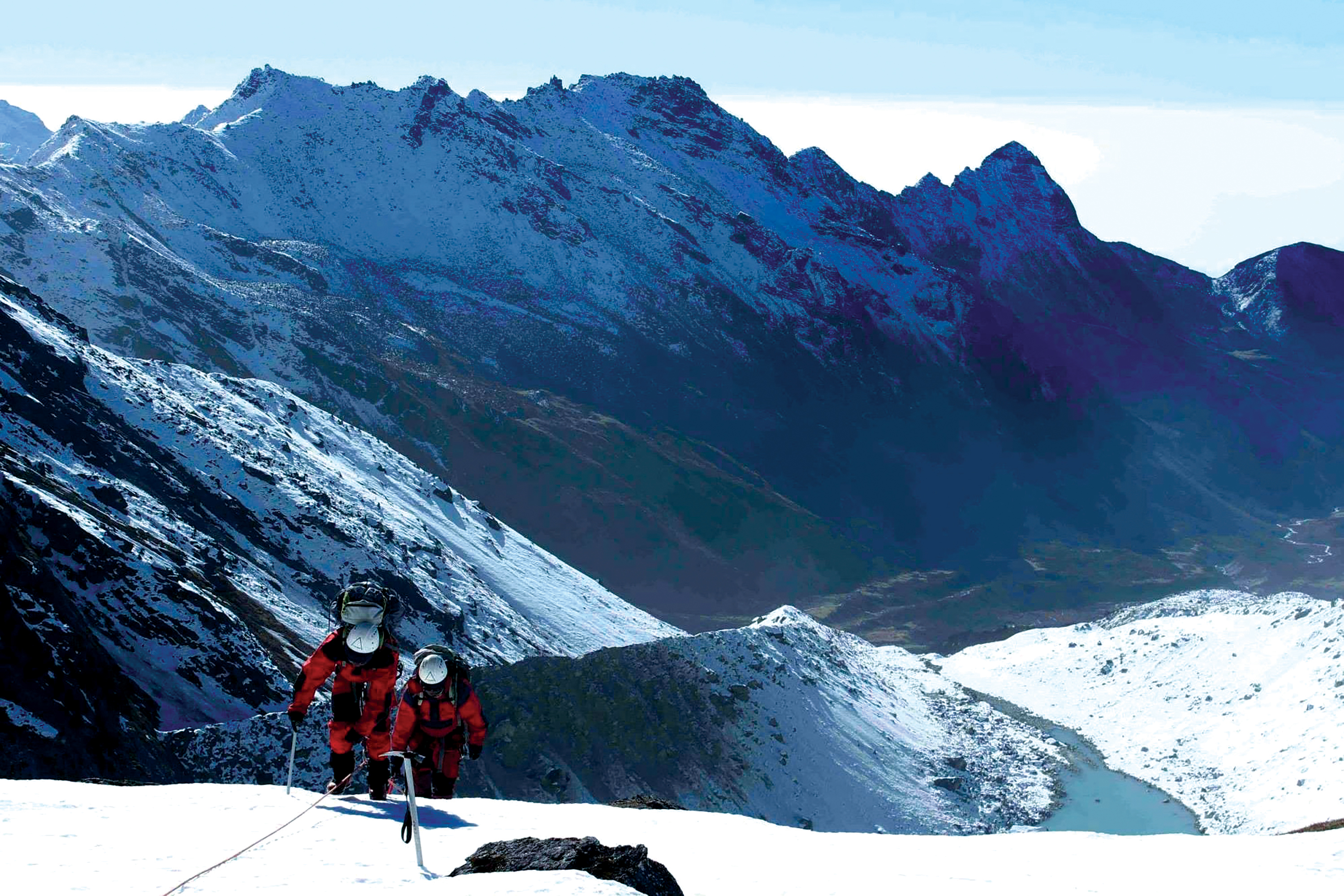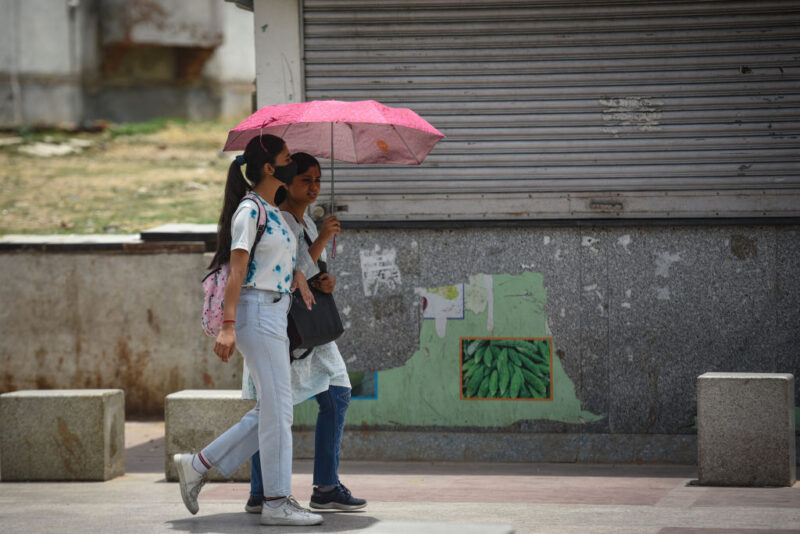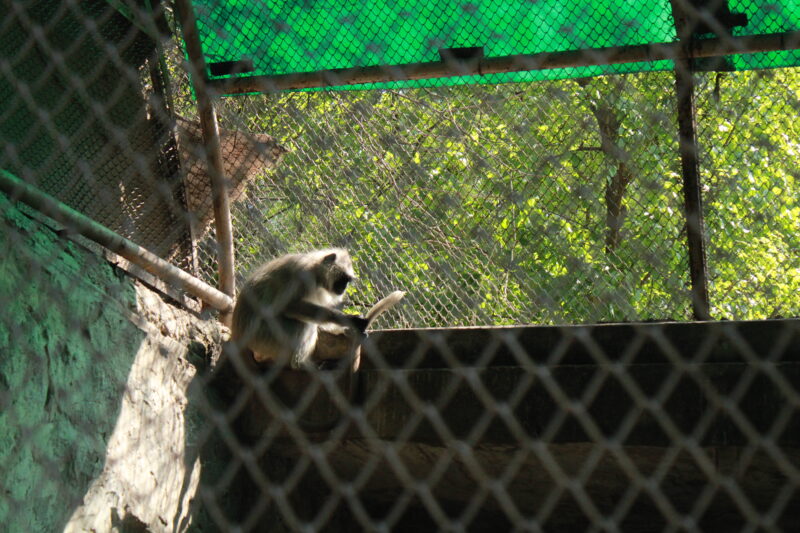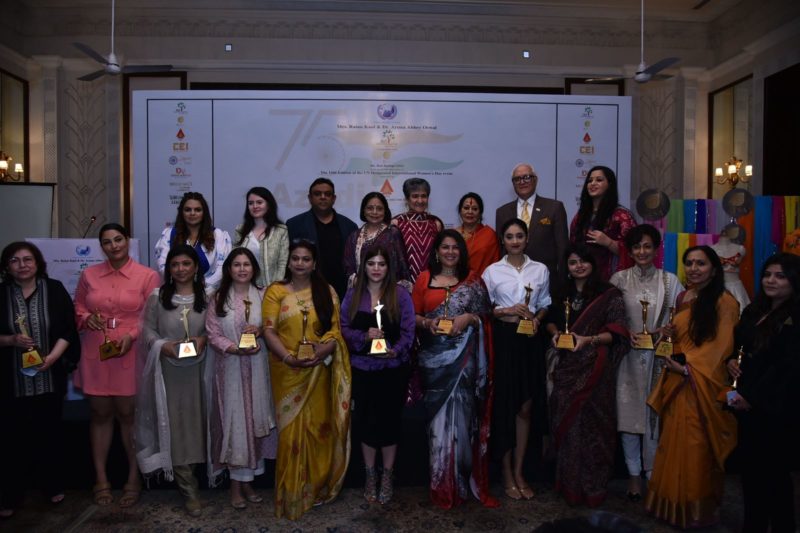I got into mountaineering by coincidence and did not know much about it. I am from Shimla, from a village where we had to do a lot of walking. So I was always into fitness. After serving in the Indian Army for five years, I did a mountaineering course. I realised that in the Army, even after putting in my best efforts, I was somewhere in the middle of the crowd (have served in the Army for 26 years). But in mountaineering, even when I was putting in average efforts, I was one of the best. So, if one can find what they are good at naturally, and get involved with it, then it is not a struggle or a torture because they will enjoy doing it.
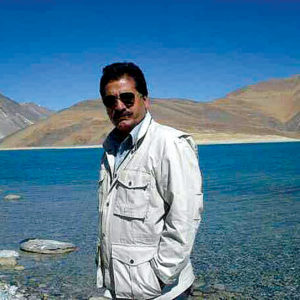
My turning point was when I got a chance to walk or trek across the Himalayan range in the early 80s. We (me and a few others) walked through Arunachal Pradesh, Bhutan, Sikkim, Nepal, Kumaon, Garhwal, Himachal, Ladakh and Karakoram Pass. I did it without realising what I am doing. I was doing it for fun. But by the time we finished, we became the first to do so in the world. We got a chance to meet many eminent people – right from the Prime Minister, President to others. It was a big achievement and that changed my life.
After that, I continued with the adventure. And I am doing it till date. From hobby, it became my profession, then it became a specialisation and now it is my passion. I have led almost a dozen of expeditions with more than half a dozen foreign countries. It was not at all planned. But one has to put in efforts again and keep visualising something that is different and new. That is what gave me the continuity.
I haven’t faced many obstacles in my path. People will be jealous of you, you will not get all the things you want – but all this is a learning in itself. You should have your focus clear and enjoy your day to day work. Once you enjoy it and have a vision about it, then you won’t bother about anything in life. People advised me against it, but I enjoyed it and continued with this profession. Then I started heading mountaineering institutes — since 90s I have been interacting with the bureaucracy, State and the Central government. It all happened spontaneously.
Adventure is a vast subject. Even today, I do not sit and home. I travel whenever I get the opportunity and create work for myself and involve people in it — and try to help the aspiring youth. From 2011, I have been the President of Indian Mountaineering Foundation (IMF). This is my eighth year.
Everest is a commercial venture and is a conducted expedition. One has to have the physical fitness, mental strength and resources to fund their expedition.. Plus, one has to be lucky to be at the right place at the right time.
What has happened is that there is a large number of people and the time window (when climbing Everest is favourable, when the weather is favourable) is limited. So, there was overcrowding – a 1 km long line was formed at the summit. Now, there were delays as a result. It is not possible to overtake. Then the body at that altitude will start getting exhausted. Secondly, if your logistics support is not good, that is if you do not have sufficient oxygen cylinders to last you till you come down – that might be another problem. Thirdly, what matters is how the Sherpa is – how fit he is, whether he is giving the right guidance.
Lastly, Everest climbing is a brand name now. This is unfortunate. People do it to gain social status. What happens then is that they miss the basic target and norms, then they become desperate without realising. So, sometimes out of desperation people do things which they are not supposed to – like pushing themselves to reach the summit in a short span. But while coming down, their body can’t take it and then they die. This happens because they exhaust themselves beyond their body’s capacity.
Everest climbing is also a commercial and tourist activity. Many countries gain monetary benefits and employment out of it. But at the same time, a large number of Indians are into mountaineering. After US, India has the second largest number of Everest climbers. So, if anyone is going on an expedition from India, they should get a clearance from IMF. Now, we cannot give clearance to those who are from outside India.
But at least there should be a system where they should inform IMF. When they come back, they should submit a brief report to us – what they have done and the peaks that they managed to climb. With this information, we can create an advice list for major peaks — so that a person knows what all they need to be careful about. This will save some lives. We cannot restrict anyone, but probably we can do our part – without creating any hurdles — by maintaining a track record and providing safety advices.
Col HS Chauhan is the President of Indian Mountaineering Foundation (IMF)
As told to Shruti Das
ON TOP
IMF has launched a ground expedition on the Himalayan mountain to retrieve the bodies of five mountaineers who are from a missing team of international climbers led by veteran British mountaineer Martin Moran. Chauhan says:
“We have sent a team of 14 – which consists of eight experienced climbers and four young mountaineers who will assist them, and two more who will take care of the logistics. They started their journey on June 10 or 11 from Bhageshwar. They are on their way now. And will probably reach the destination (where the accident side) in a couple of more days.”

